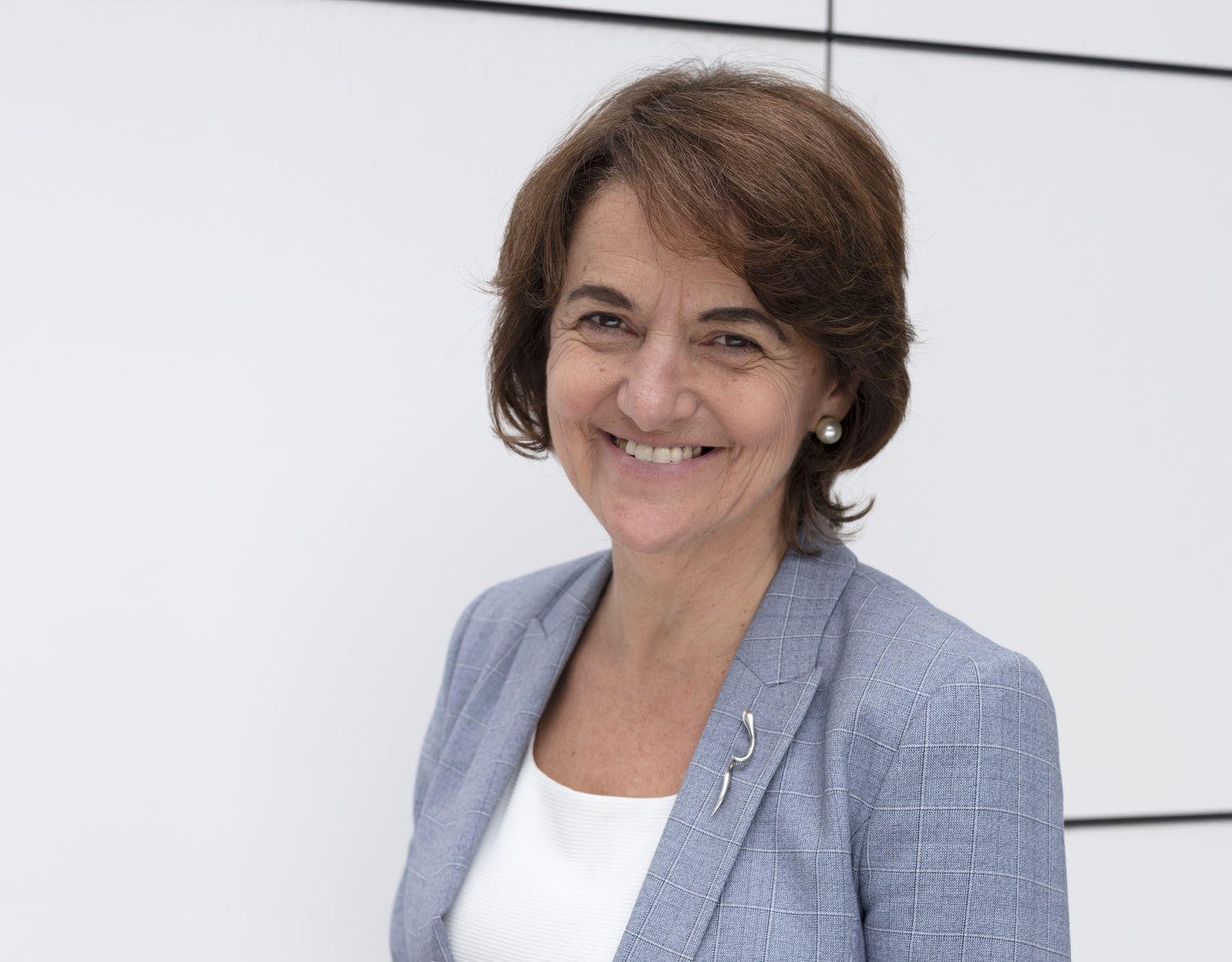
There is an African proverb - "If you want to go fast, go alone. If you want to go far, go together". Collaboration is the lifeblood of ESS – not only for conceiving and constructing such an enormous undertaking, but for sustaining the long-term mission of enabling science to see further, investigate further, and progress further than ever.
“We are building something together that will be significant for global research, is enormous on a physical scale, and is also complex in terms of cooperation,” says Sharon Cosgrove, Associate Director for Strategy for ESS. “Normally, facilities like this take about 10 to 20 years in gestation and a similar amount of time to build and optimise to ensure that they are truly world-leading. It takes a large, strong consortium of members and in-kind partners like we have to even dream of undertaking such a venture.”
As ESS begins the intensive ramp-up towards First Science, the need for collaboration also continues to increase. The Strategy Directorate was created in 2019 to work closely with key stakeholders vital to the future of ESS. This work reaches across many domains within and beyond ESS, from relationships with host nations and the political sphere to strengthening relationships with in-kind partners, maintaining project governance, supporting our Science Directorate in partnering with peer facilities, and working with educators to excite the next generation of scientists and engineers.
“This new directorate plays a key role in securing the future,” explains Cosgrove. “As you can imagine, there is never a dull moment. We have lots of ideas and tasks to juggle in order to sustain the information flow, while keeping up engagement and energy for this project. With such a diverse list of responsibilities, it’s especially important to have a talented, committed team that understands stakeholder interests, meets their needs, and serves the project. That is what the Strategy team is all about.”
Moving into the phase of initial operations, the immediate work is to secure sustainable funding to support the facility. All of the consortium members have shown great engagement in this process and have detailed a timeline together with ESS to secure this objective by December of 2020. Our deliverables for the year included:
- Securing the 2020 initial operations budget plus additional construction funding to strengthen security arrangements
- Obtaining support from AFC, PAC, Council for ESS’s Initial Operations Plan
- Launching a multi-million euro Horizon 2020 grant portfolio to support peer facility, neutron user and in-kind community-building and awareness-raising activities.
The next chapter will be equally important. For ESS member states, in-kind partners and the global neutron science community, seeing their individual investments and contributions coming together into an operational science facility should bring a palpable increase in energy and a renewed motivation to work together to achieve the shared scientific and societal missions.
“Scientists want to be at the heart of excellent science wherever it happens,” shares Cosgrove, “and as ESS becomes operational, it will start contributing to our shared vision to enable excellent science. This, in turn, will support Europe’s global leadership in research delivered with neutrons, which has brought amazing benefits in terms of discovery. Whether it’s new drug delivery systems, innovative materials, better batteries, or clean energy technologies, we’re hoping that really exciting things – those key links that can really change the world – will come from research undertaken here, but we have a lot to do before that can happen.”
























